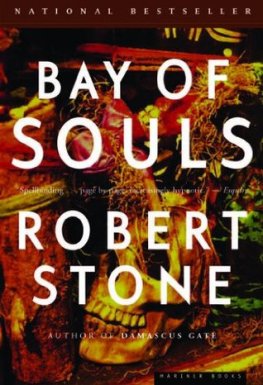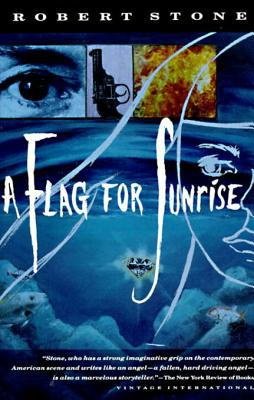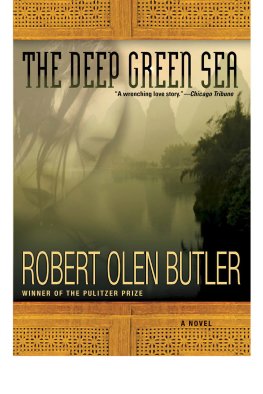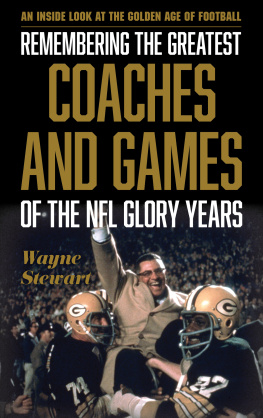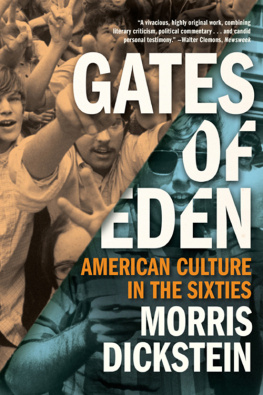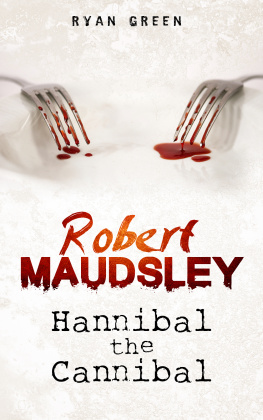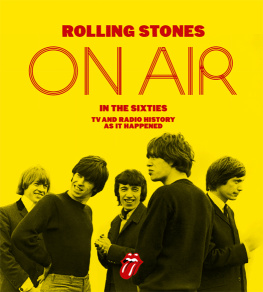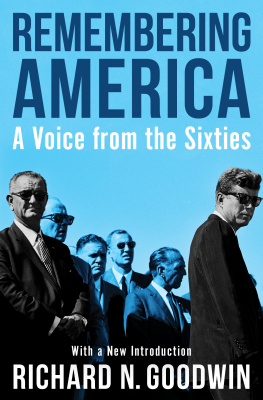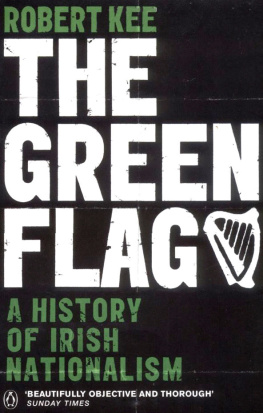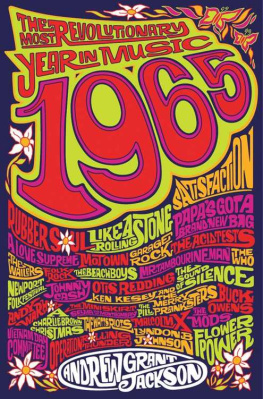Prime Green : Remembering the Sixties
PRIME GREEN: REMEMBERING THE SIXTIES STONE ROBERT
With love and gratitude for the enduring friendships of that time, and to those, living or gone, who shared what we saw and what we were
CONTENTS ONE In 1958 I was on the bridge of the USS 1 TWO I had missed New York with a passion during my 21 THREE When I remember the New York Daily News as it 31 FOUR My normal shift on the News ended at one in 41 FIVE Janice and I arrived in New Orleans in 1960 shortly 45 SIX I went back to New York, my head spinning with 65 SEVEN Janice, Deidre, and I arrived in San Francisco late in 71 EIGHT Ken Kesey worked in a cabin so deep in the 89 NINE Early on a fall morning in 1963 I went to 97 TEN Like everything that was essential to the sixties, the Kesey 119 ELEVEN The offices of the paper I will call the National 131 PHOTOGRAPHIC INSERT
TWELVE The culture war got meaner as the world got smaller. 149 THIRTEEN After a spell of thinly subsidized unemployment, it became necessary 163 FOURTEEN The day A Hall of Mirrors was published in New York 171 FIFTEEN Janice and the children arrived at last, and in the 187 SIXTEEN Years before, circa 1960, while George Rhoads and I were 205 EPILOGUE During the four years of our expatriation in England, news 223 ABOUT THE AUTHOR OTHER BOOKS BY ROBERT STONE CREDITS COVER COPYRIGHT ABOUT THE PUBLISHER
ONE In 1958 I was on the bridge of the USS Arneb, an ungainly naval transport ship with the lines of a tramp steamer. LCVPs were stacked on hatches fore and aft under mammoth A-frames designed to raise and lower them. The Arneb had entertained kamikazes at Okinawa. Veterans of Normandy and the South Pacific ran many of the ships divisions. That quarter of 195758, spring in the Northern calendar, darkening autumn in the Southern Ocean, we had been given some kind of pass from the alerts of the cold war. UNESCO had designated 1958 as an International Geophysical Year and
the Navy had patched together the Arneb as Americas contibution. We were tracking electrical activity on the surface of the sun, sunspots in the far south of the Indian Ocean, southwest of the ghost whaling station on the Crozet Islands. On board was a team of astrophysicists from the University of Chicago. It was the last of the Antarctic expeditions mapped out by Admiral Richard Byrd and was known as Operation Deep Freeze III. One day we were steaming on the northern edge of the ice floes at the latitude where the seasonal oscillations of the Antarctic Conver-gence determine the weather. The subpolar wind warmed as it quickened, the dark blue plain of ocean rising into spiky horsetails that here and there showed white. The weather in the far south, I was learning, was weird and contrary in ways that made it differ from the Arctic. April at latitude 55 offered a dark sapphire sky dap-pled with cirrus trails. Colors were harsh and dry, without mist. Ice-bergs flashed on the horizons, intensely defined yet somehow ghostly, like hallucinations. I was at the helm, a watch where the night hours looked little dif-ferent from day. The ocean glowed with the same strangely referred light. As a petty officer (my rank was officially journalist third class) I was exempt from helm watches. In fact I enjoyed them far out at sea. A watch on the helm on the open ocean involved keeping an eye on the binnacle indicator, feeling the big lumbering transport fall away under the roaring polar wind, then bringing her back on so that the needle showed the designated course. A helmsman got to know the ship and its eccentricities, its stubborn lists and rolls. If the captain or the exec had not planned some exercise for the day, it was a soothing routine. The formalities of the bridge were vaguely liturgical: terse com-mands repeating ancient formulas in antique language, bells, blocks robert stone 2
of Morse code reporting weather from the adjoining radio shack, the boatswains whistle at the regulation times of day. There was a sense of everything seriously in place. Over and over, we located and re-aligned ourselves in the mathematics of the planet, forever adjusting and correcting the location of our tuck in space and time. The ocean around us stood for blue infinity. Time came to us courtesy of the Naval Observatory, sifting out across the garden fifteen thousand miles away in Washington, over which Vice President Nixon then brooded. Also, helm watches could be traded for other, less diverting details in the ships system of graft and barter. The duty helmsman whose watch I stood would perform some equivalent responsibility for me. With the ship far out at sea, the helmsmans sole responsibility was to keep the ship on course, so there was time for daydreaming. For the previous month or so we had been undergoing repairs in Melbourne. In the antipodean autumn of 1958, I spent my idle hours contemplating the moves of an Australian Olympic fencer named Denise Corcoran, whom I had met by carrying her foils across Hyde Park, the one in Sydney. I had learned something from Denise, and I was still grappling with the substance of it. Crossing Hyde Park, Denise and I found that we were both bound for Melbourne: the Arneb was going in for repairs to its evaporator system; Denise was headed for hours of swordplay in a gymnasium above the Spencer Street railroad station, preparing for the Empire Games that were due to start in Montreal in a few months. I went often to watch her work in the dingy gym above the sta-tion, even when we had settled down together (on our free nights at least) in a mean and ugly neighborhood at the end of the line. She was tall and redheaded, which she told me was all wrong for fencers; it aroused anger and spite in opponents because you looked, as she prime green: remembering the sixties 3
put it, like a big gawkpeople laughed. Fencers were meant to be compact and sleek, never outsized, overdone, or obvious, certainly not freckled and redheaded and slightly bucktoothed like my Denise. Nevertheless, she seemed to be their star, intimidating the other girls. Out on the ocean, in my minds eye, I could still see how she used the long, strong, and shapely legs she complained about in unexpected lunges that ran her enemy the length of the enclosure. The fencers costume was particularly lacking in any sort of glamour, but she could appear quite handsome and provocative, planted and prepared to strike. I liked the way the cloth of her breeches wrin-kled over the taut skin at the backs of her knees. I also enjoyed her pretense to a complete absence of humor, which made her a most droll comic. She used expressions like crikey, fair dinkum, and truly. A pint made her squiffed. Some days, if I had a twenty-four in town, I would sneak Denise early out of the gym, out from under the raptor dragon gaze of her coach. This meant making our way through the humid halls and moist saloons and beer-polished private lounges of the vast station in which around five oclock each afternoon a state of headlong societal breakdown was under way. In those days the official bar-closing hour in the state of Victoria was 6 p.m. (It was the bloody women, blokes explainedthey had the vote, they wanted the blokes home for their tea.) At the same time, the general hour at which the clerks and shop assistants and bookkeepers of the City were relieved of their days employment was 5:30. Thousands of wage slaves raged out of Melbournes Victorian brownstone office buildings and headed for the Spencer Street station. Most of them wanted a drink. At the bars around the station it was frantic. One place in the cel-lar served its vigorous tawny beer through a hose; customers thrust their pint glasses forth and stood to withstand the spray. Admiring robert stone 4






